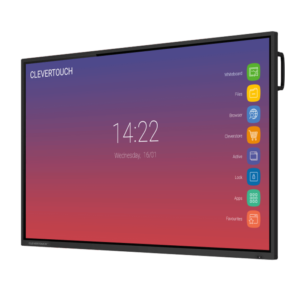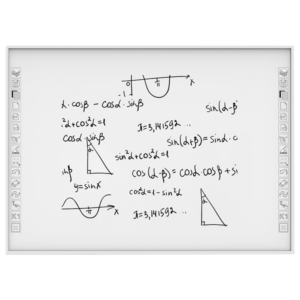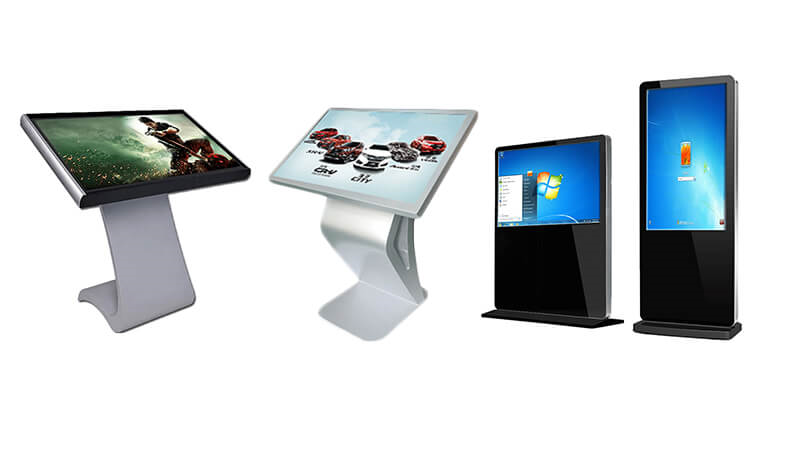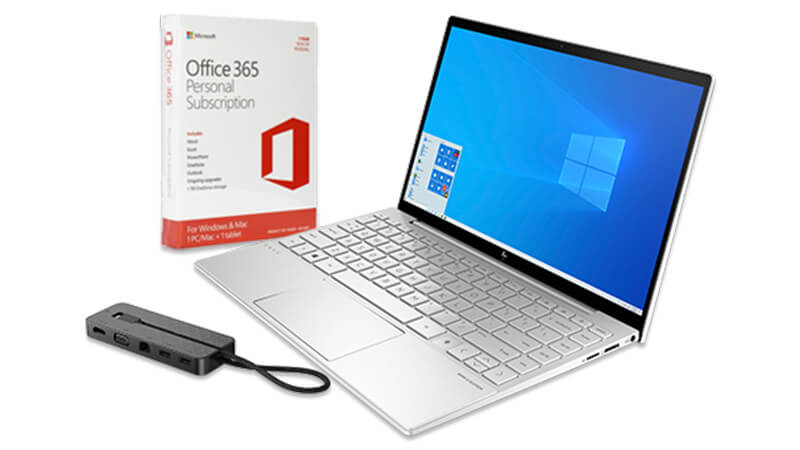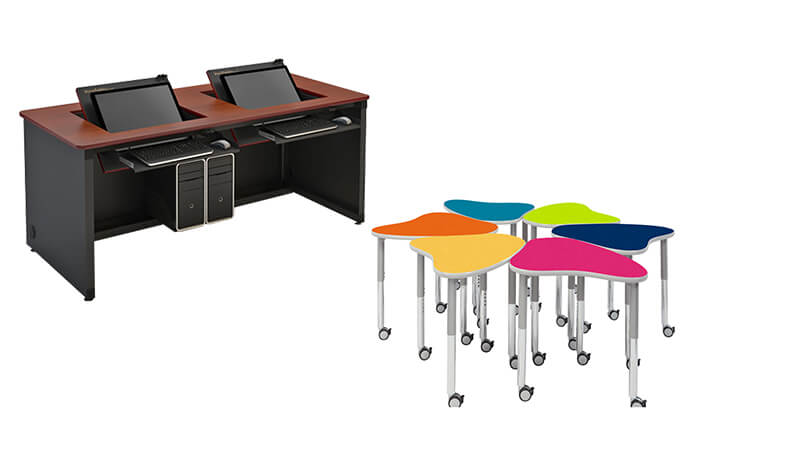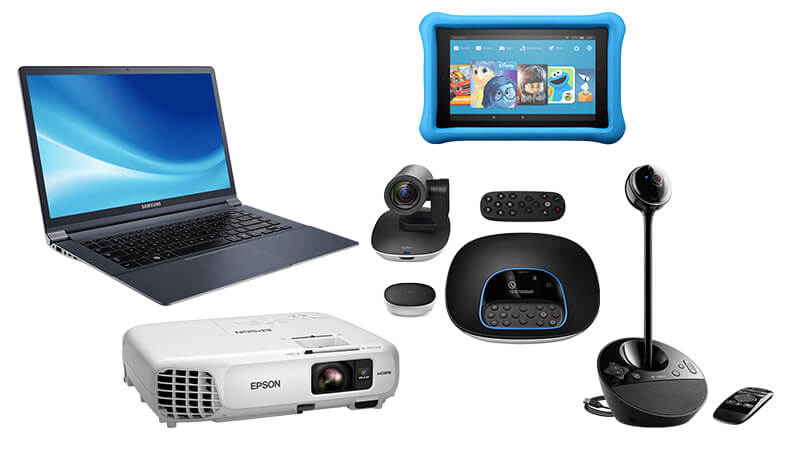In the digital age, classrooms are evolving from traditional teaching methods to interactive and engaging learning environments. Smartboards, also known as interactive whiteboards, are at the forefront of this transformation. This article explores the myriad ways in which smartboards are revolutionizing education and why they are becoming an essential tool in modern classrooms.
The Interactive Edge
Smartboards bring a dynamic aspect to teaching that traditional whiteboards cannot match. With touch-sensitive screens, teachers can open educational apps, display multimedia content, and interact with the material directly on the board. This interactivity not only captures students’ attention but also caters to various learning styles, from visual to kinesthetic.
Enhancing Student Engagement
The use of smartboards in lessons has shown a significant increase in student engagement. When students are called to the board to solve problems or participate in interactive activities, they are more likely to be attentive and retain information. The technology turns passive listeners into active learners.
Collaborative Learning
Smartboards facilitate collaborative learning. Students can work together on projects directly on the board, share ideas, and give feedback in real-time. This collaborative approach fosters teamwork and communication skills, preparing students for the workforce of the future.
Access to Vast Educational Resources
With an internet connection, smartboards provide access to an endless supply of educational resources. Teachers can utilize online libraries, educational websites, and interactive programs to enhance their lessons, making learning more comprehensive and diverse.
Customizable Learning Experiences
Every classroom has unique needs, and smartboards offer the flexibility to tailor lessons accordingly. Teachers can create custom lesson plans, save them for future use, and modify them on the fly to address the immediate needs of their students.
Feedback and Assessment
Smartboards allow for immediate feedback and assessment. Teachers can conduct polls, quizzes, and interactive tests to gauge student understanding. This instant feedback helps teachers adjust their teaching strategies to ensure that all students are on track.
The integration of smartboards into educational settings is not just a trend; it’s a significant step towards a more interactive, engaging, and effective learning experience. As Zimbabwe embraces this technology, educators will find that smartboards are not just tools but partners in the journey of educating the next generation. By investing in smartboards, schools are investing in a future where education is more dynamic, inclusive, and tailored to the needs of every student.

